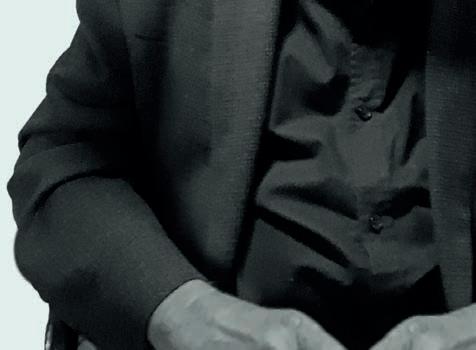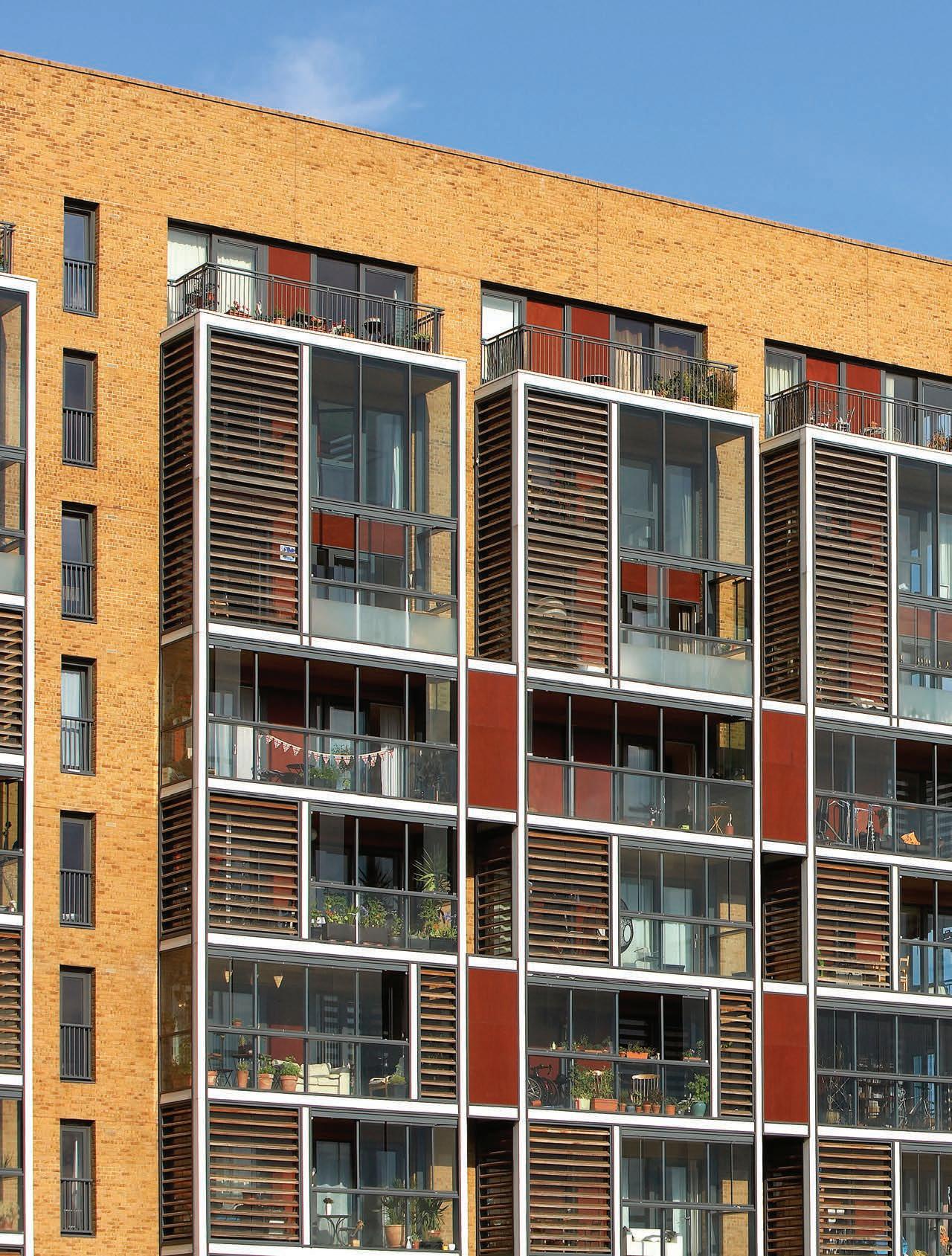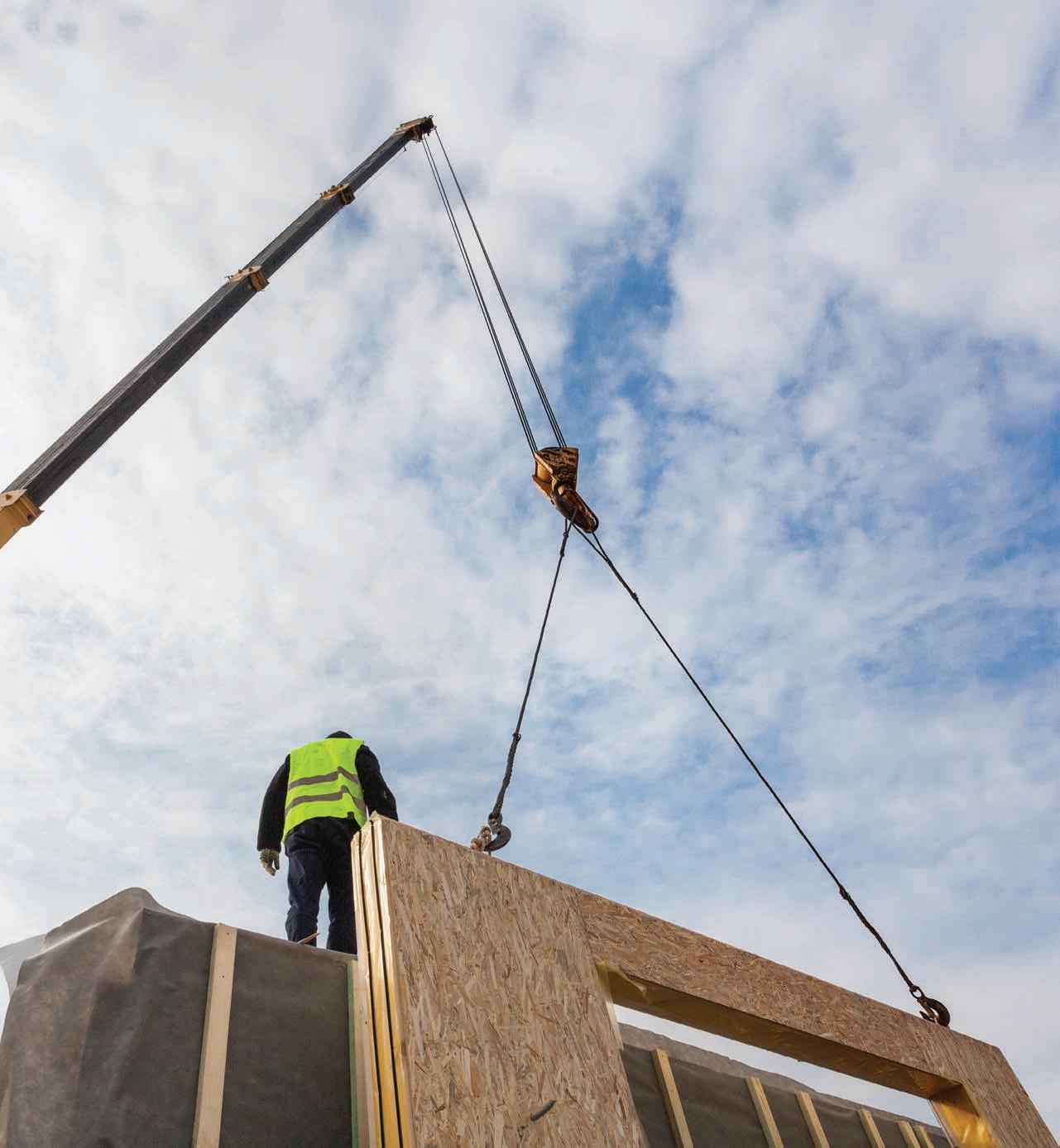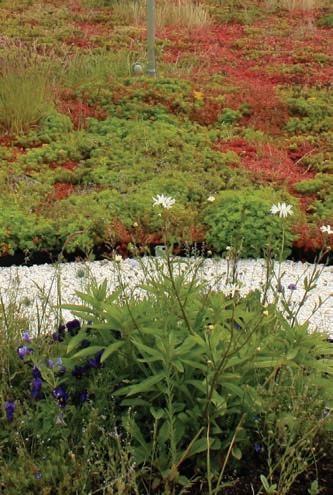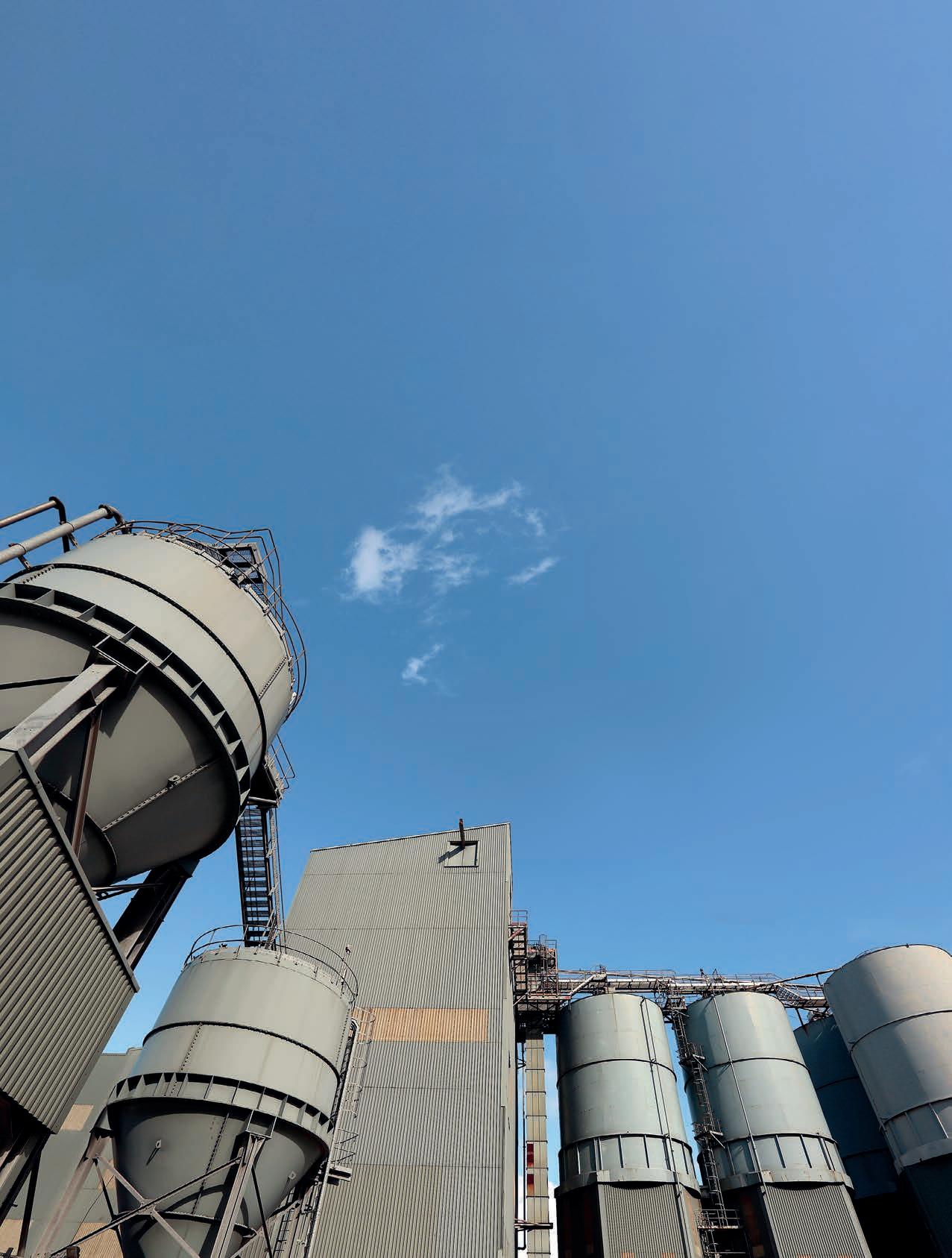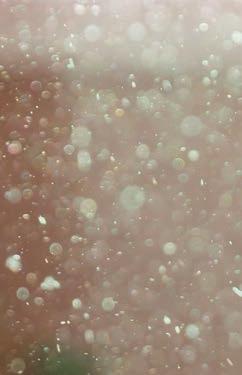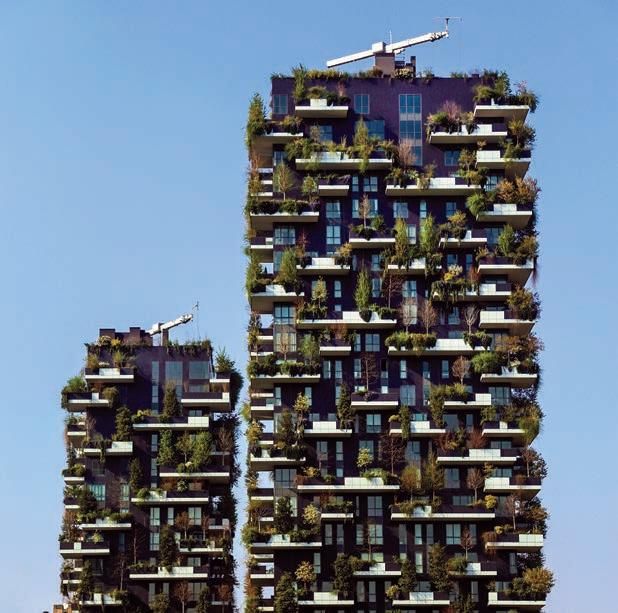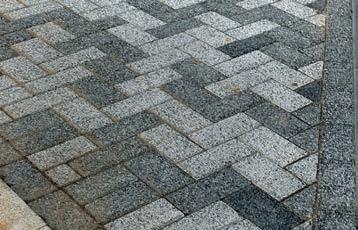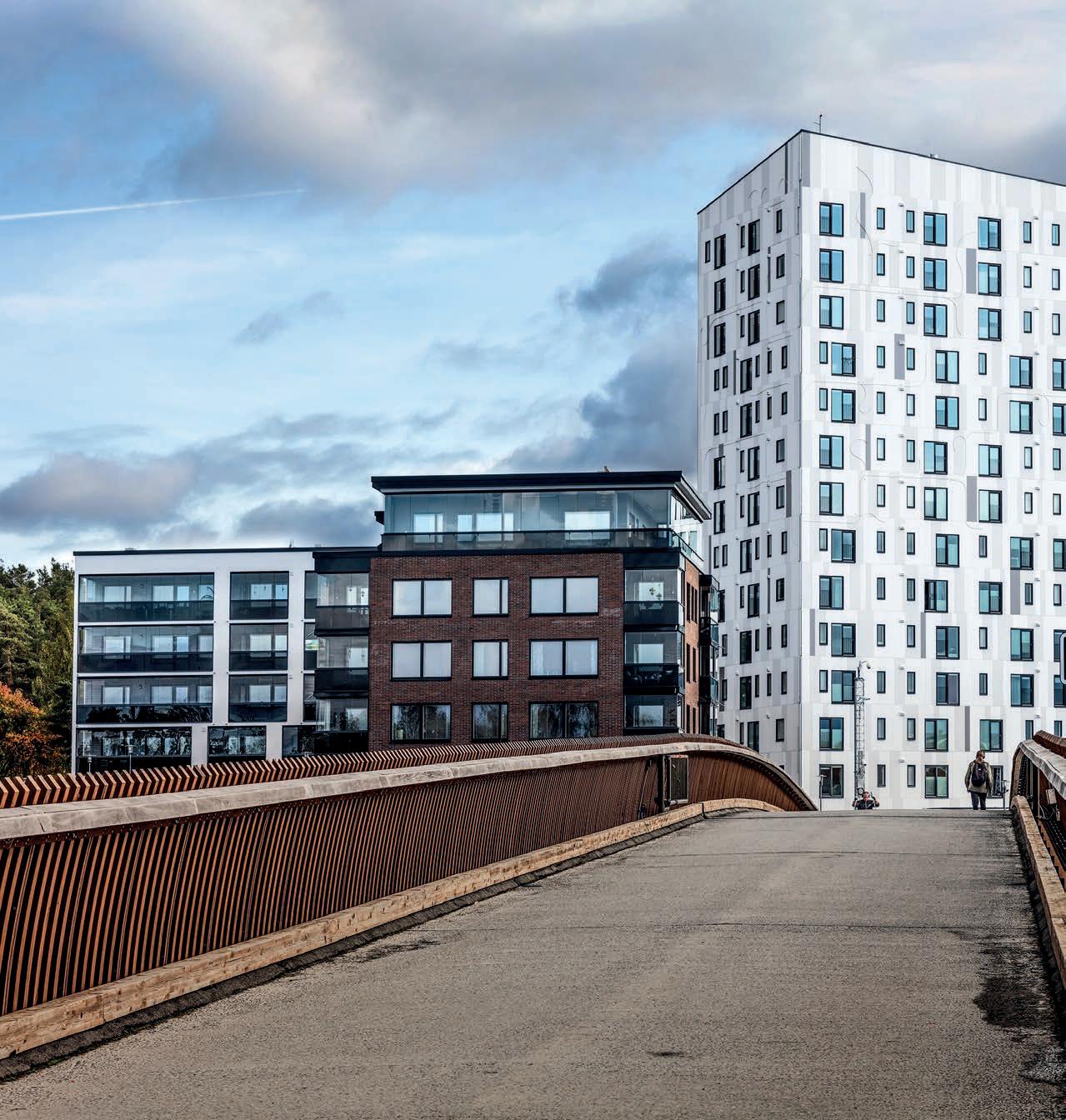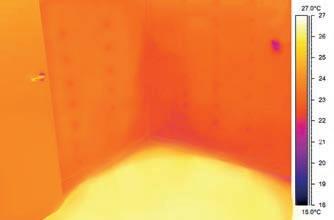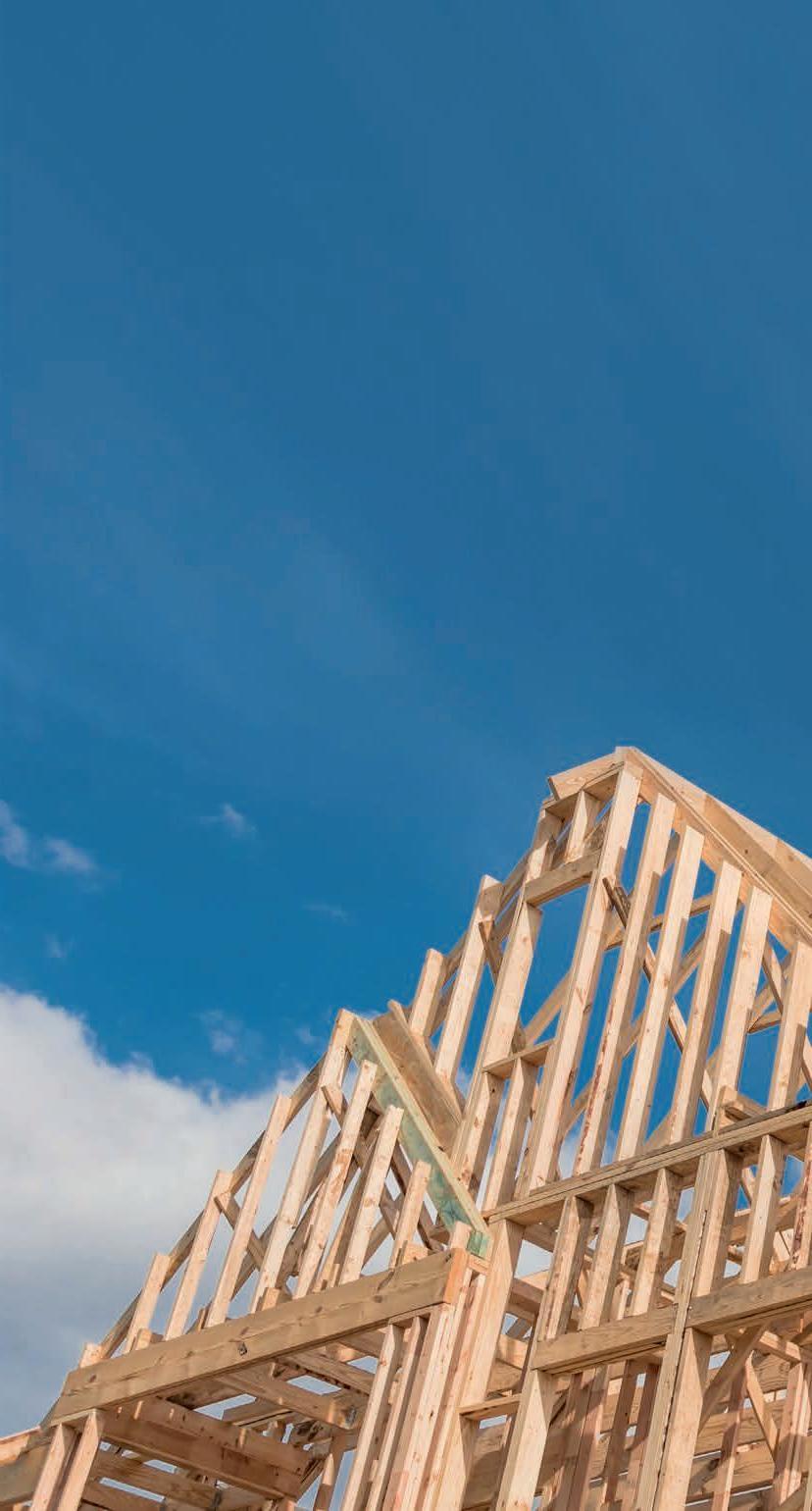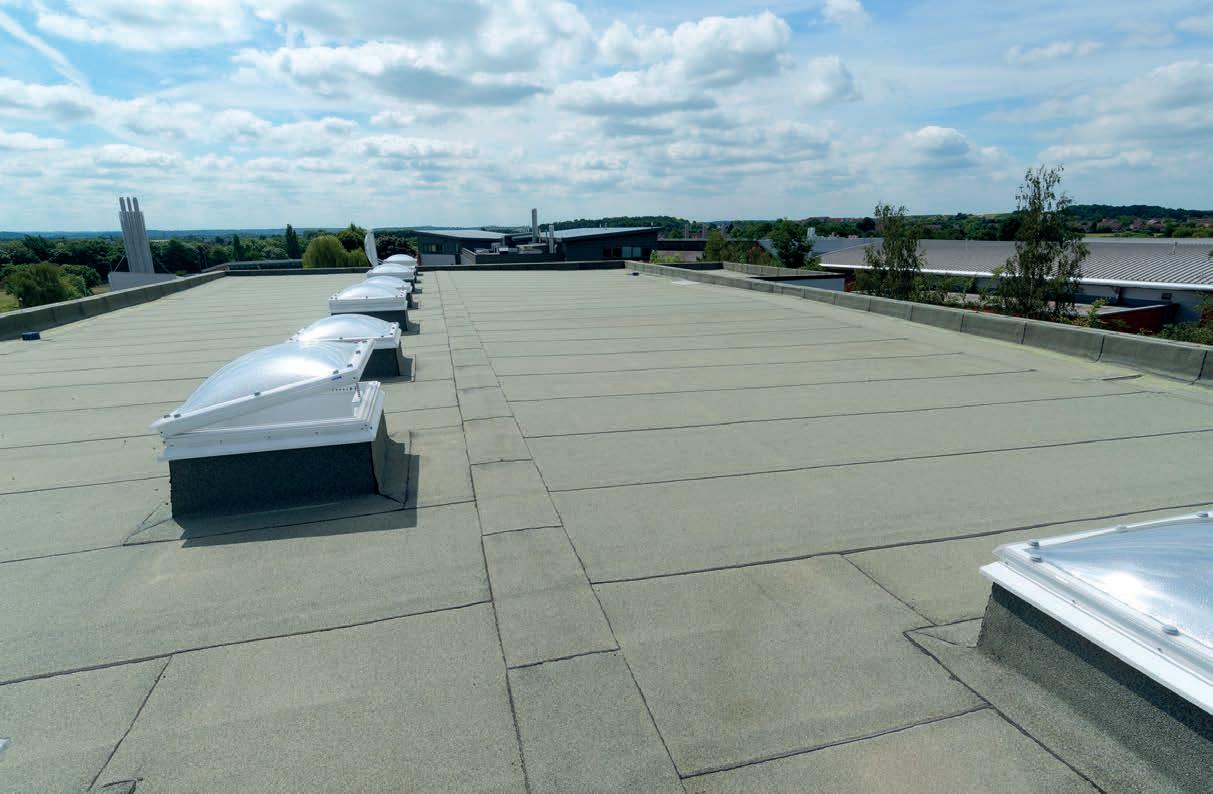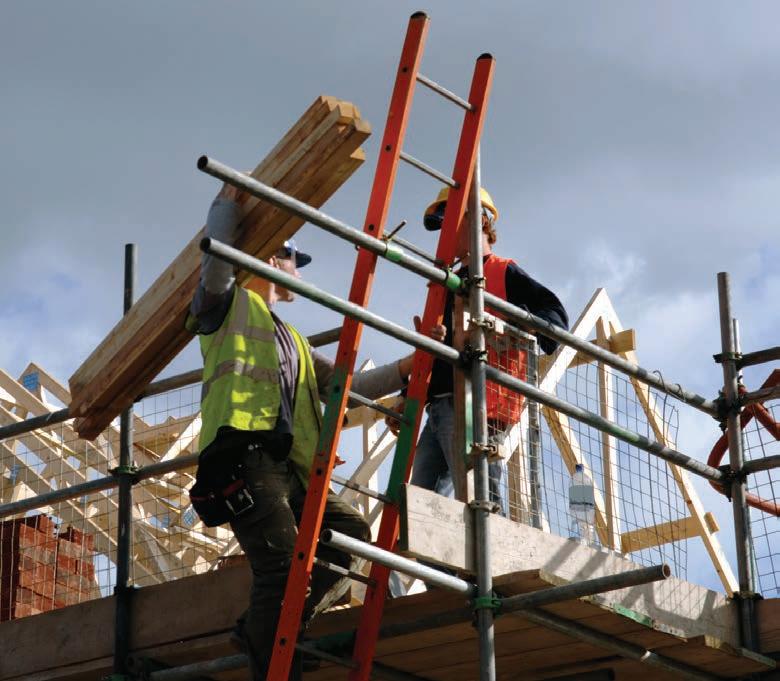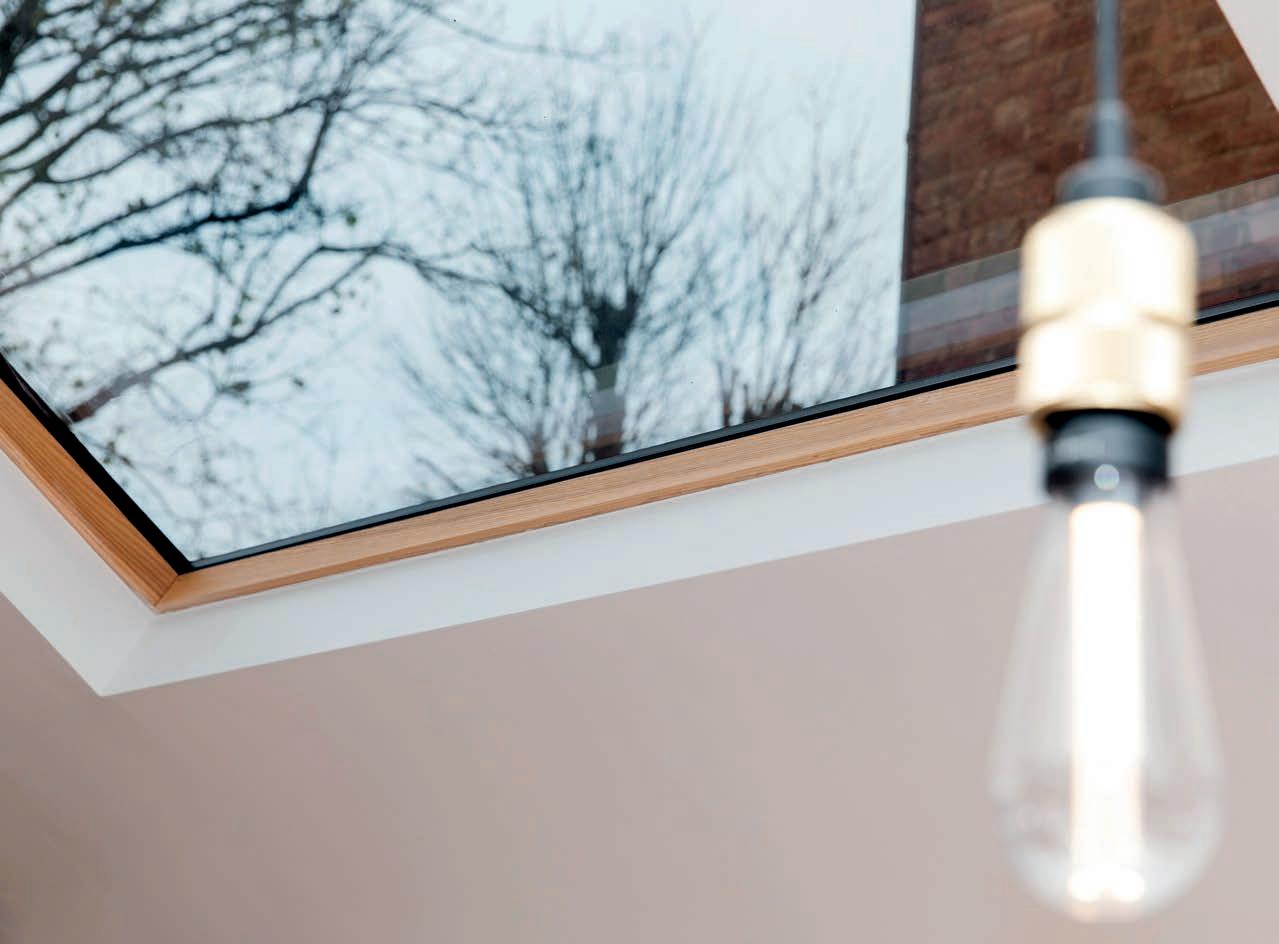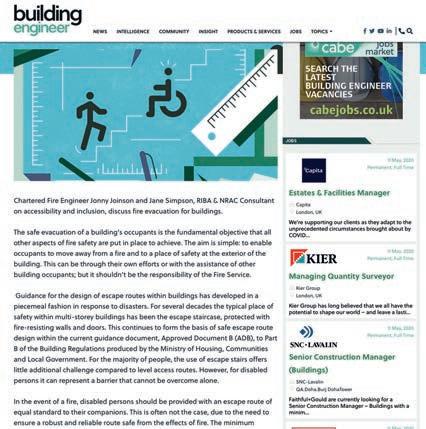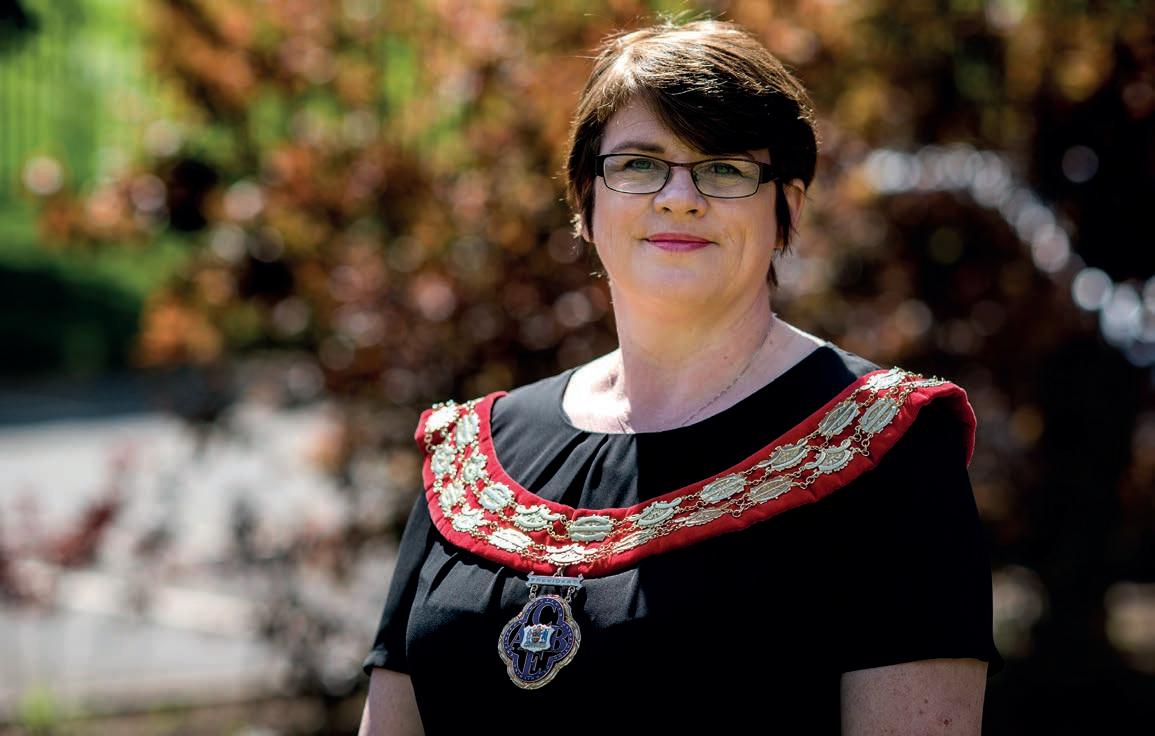INTELLIGENCE
JUNE 2020
Derbigum Olivine membranes have a naturally occurring mineral upper layer that neutralises CO2 via an irreversible chemical reaction when it comes into contact with rainfall
BUILDING ENGINEER
20
Better living through chemistry Ben Green, Divisional Marketing Manager for Alumasc, discusses the installation of its carbon dioxide-neutralising roofing at Nottingham Trent University
D
evelopments that design with environmental concerns in mind are becoming the norm. As well as teaching the effects of positive actions towards the environment, Nottingham Trent University (NTU) considers that the best way to press home the ecological and sustainability agenda to its students is through demonstration. To this effect, it has installed a new CO2 -neutralising roofing system. Alumasc Derbigum Olivine roofing contains a top layer of Olivine, an iron-magnesium silicate that is a common, naturally occurring mineral. When CO2 in the atmosphere comes into contact with the roof as rainwater, it is absorbed and neutralised in a chemical reaction, the residue of which is water, silicon dioxide (sand) and magnesium carbonate. All these are
20 CO2Roofing.indd 20
ROOFING SYSTEMS
harmless to the natural environment, so when the rainwater rolls off the roof and reaches the drains, it’s carbon-free. In addition, the roofing has a bituminous felt membrane system, 40% of which is recycled. Belgium company, Derbigum, recycles 4,000 tonnes of bitumen a year, and notes that the material suffers no loss in quality from the process (like gold, which can be melted and recast). The membrane is 7.27m long, 1.1m wide and 4mm thick. It can be applied as a single or two-layer system, and cold-bonded or welded to cover the necessary area. Once the roofing system has reached the end of its lifespan, it can all be recycled and reused. The Olivine grains themselves decrease in size with each reaction. However they are large enough to last more than 30 years before having completely reacted. Adding a second layer of Olivine grains increases the lifespan to more than 60 years. One kilogram of Olivine granulates has the capacity to neutralise 1.25kg of CO2 over 30 years.
Nottingham Trent University This ground-breaking technology has been used in the recent redesign and refurbishment of NTU’s Clifton Campus Library, which now features more than 1,000m2 of Olivine, providing a waterproof, BBA-approved, ecological roofing solution. Durability and sustainability are also in evidence in other aspects of the design and specification. This included Alumasc Rooflights with kerb design to prevent water penetration and domed glazing moulded from Marlon FSX polycarbonate, which has an impact resistance up to 200 times that of glass. The Harmer AV roof outlets and GX pressed aluminium gutters used in the project have the ability to drain up to 40% more roof area than conventional drains – a significant consideration bearing in mind the large surface area of roof and higher predicted peak rainfall arising from climate change. The membrane is guaranteed for 40 years, carrying the longest British Board of Agrément (BBA) certificate in the UK, and its high melting point ensures membrane stability in the hottest weather while the polyester/glass fibre reinforcement provides high tensile strength. The entire roofing system, including the gutters and drains, is 100% recyclable. Moreover, the Olivine granules have a green hue that makes this the next generation green roof in every respect. For more on Alumasc’s roofing systems visit alumascroofing.co.uk and its water management solutions, visit alumascwms.co.uk
18/05/2020 12:48

